NASA’s X-59 requires the use of creative and strategic supersonic technologies to control and soften the jarring sound that hits the ground as the aircraft flies faster than the speed of sound.
One of these creative technologies is the placement of the X-59 engine inlet.
This visual is a closeup looking downstream inside of the X-59’s engine inlet where, later in the assembly process, the 13-foot GE F414 engine will be placed. The main purpose of the engine inlet is to condition or smooth out and slow down the air before it actually gets to the engine. Before the X-59 engine is installed, there will be pressure measurement sensors mounted to the inlet walls to help the team monitor the inlet air flow and flight test data for the X-59 aircraft.
Usually, engines are placed on the bottom of an aircraft, but on the X-59 this section of the inlet and engine are mounted to the top of the plane. This way supersonic shock waves from the inlet and engine are shielded by the wing — one of the many ways that NASA reduces the sonic boom to a sonic thump. With the engine’s unique location on the plane in mind, the team conducts high-speed wind tunnel testing to increase confidence that the inlet will work as designed.
After proving the aircraft works as designed and can fly safely in the national airspace, NASA will fly the X-59 over several participating communities across the country to understand their response to the X-59’s sonic thump. NASA will provide this data to federal and international regulators to enable them to consider setting new guidelines for the possibility of future supersonic commercial travel over land.
Images Credit: Lockheed Martin
Editor: Yvette Smith
source NASA
Silencing the Sonic Boom
In partnership with NASA, the Lockheed Martin Skunk Works® team is solving one of the most persistent challenges of supersonic flight – the sonic boom.
X-59 QueSST (Quiet SuperSonic Technology) will be used to collect community response data on the acceptability of a quiet sonic boom generated by the unique design of the aircraft. The data will help NASA provide regulators with the information needed to establish an acceptable commercial supersonic noise standard to lift the ban on commercial supersonic travel over land.
This breakthrough would open the door to an entirely new global market for aircraft manufacturers, enabling passengers to travel anywhere in the world in half the time it takes today.

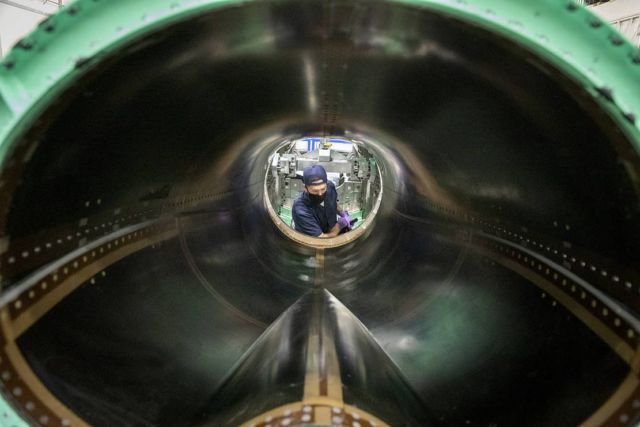
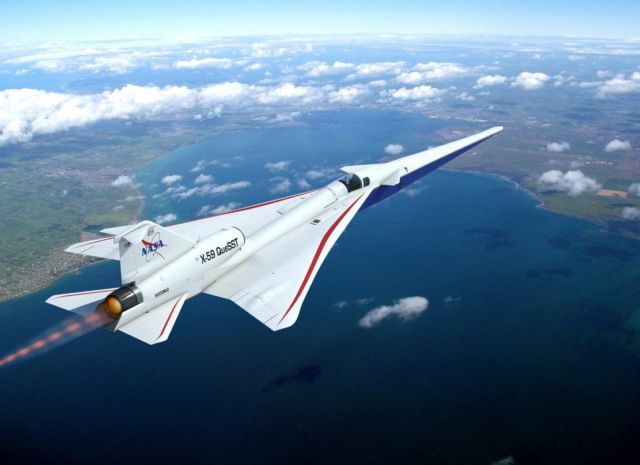
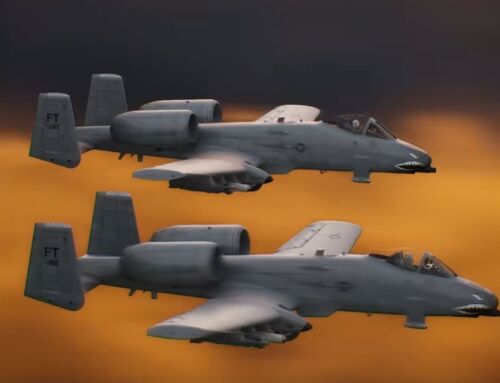
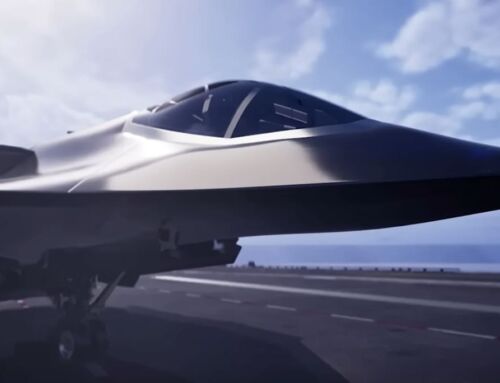
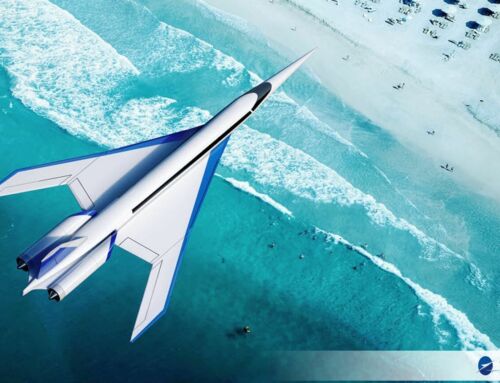
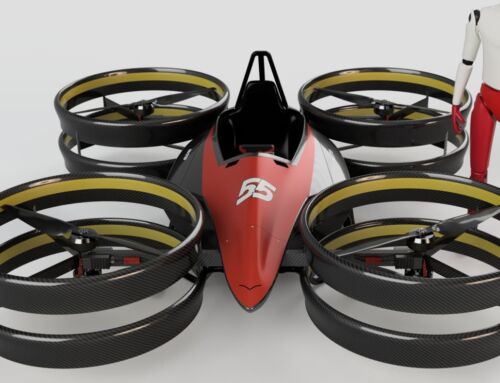
If it can pass the standards for overland travel, it will be a godsend.
Well done the design team.